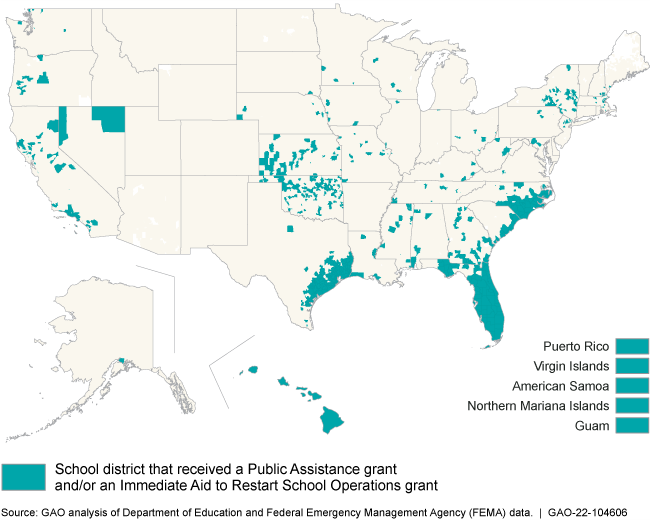|
Help |
Site Map
|
Issues
AS OF APRIL 4, 2022
Background
Changes to the makeup of the U.S. Supreme Court in 2018 raise the possibility that Roe v. Wade could be severely undermined — or even overturned — essentially leaving the legality of abortion to individual states. A reversal of Roe could establish a legal path for states’ pre-1973 abortion bans, as well as currently unenforced post-1973 bans, to take effect.
Many state lawmakers continue to consider and enact abortion bans that fly in the face of constitutional standards and Roe’s precedent in anticipation of an eventual lawsuit on such a ban coming before a Supreme Court hostile to abortion rights.
Some bans prohibit abortion under all or nearly all circumstances, a tactic widely viewed as an attempt to provoke a legal challenge to Roe. Several of this type of ban that were passed by states have been blocked by court orders and would require further court action to be enforced.
Other bans enacted after Roe are designed to be “triggered” and take effect automatically or by swift state action if Roe is overturned. Several states even have laws declaring the state’s intent to ban abortion to whatever extent is permitted by the U.S. Constitution, making their desire to halt abortion access in the state clear. A few states have amended their constitution to declare that it does not contain any protection for abortion rights or allow public funds to be used for abortion.
Meanwhile, policymakers in some states have approved laws to protect abortion rights without relying on the Roe decision. Most of these policies prohibit the state from interfering with the right to obtain an abortion before viability or when necessary to protect the life or health of the pregnant person.
Visit our state legislation tracker for policy activity on all sexual and reproductive health topics.
Highlights
- 23 states have laws that could be used to restrict the legal status of abortion.
- 9 states retain their unenforced, pre-Roe abortion bans.
- 13 states have post-Roe laws to ban all or nearly all abortions that would be triggered if Roe were overturned.
- 9 states have unconstitutional post-Roe restrictions that are currently blocked by courts but could be brought back into effect with a court order in Roe’s absence.
- 7 states have laws that express the intent to restrict the right to legal abortion to the maximum extent permitted by the U.S. Supreme Court in the absence of Roe.
- 4 states have passed a constitutional amendment explicitly declaring that their constitution does not secure or protect the right to abortion or allow use of public funds for abortion.
- 16 states and the District of Columbia have laws that protect the right to abortion.
- 4 states and the District of Columbia have codified the right to abortion throughout pregnancy without state interference.
- 12 states explicitly permit abortion prior to viability or when necessary to protect the life or health of the pregnant person.
Printer-friendly version
TOPIC
GEOGRAPHY
- Northern America: United States
- Alabama, Alaska, Arizona, Arkansas, California, Colorado, Connecticut, Delaware, District of Columbia, Florida, Georgia, Hawaii, Idaho, Illinois, Indiana, Iowa, Kansas, Kentucky, Louisiana, Maine, Maryland, Massachusetts, Michigan, Minnesota, Mississippi, Missouri, Montana, Nebraska, Nevada, New Hampshire, New Jersey, New Mexico, New York, North Carolina, North Dakota, Ohio, Oklahoma, Oregon, Pennsylvania, Rhode Island, South Carolina, South Dakota, Tennessee, Texas, Utah, Vermont, Virginia, Washington, West Virginia, Wisconsin, Wyoming
Related Content
Guttmacher Policy Review
*State Policy Resources: The Guttmacher Institute monitors and analyzes state policy developments—including legislative, judicial and executive actions — on a broad range of issues related to sexual and reproductive health and rights. These resources, on such issues as access to and availability of abortion, contraceptive services and sex education, are updated regularly to provide a comprehensive picture of the state policy landscape.
Most school districts that received key federal disaster recovery grants following 2017-2019 presidentially-declared major disasters had elevated proportions of students from certain socially vulnerable groups, according to GAO's analysis of federal data. Research shows that socially vulnerable groups — including children who are low income, minorities, English learners, or living with disabilities — are particularly susceptible to the adverse effects of disasters. School districts serving high proportions of children in these groups may need more recovery assistance compared to districts with less vulnerable student populations. The Federal Emergency Management Agency's (FEMA) Public Assistance program and the Department of Education's Immediate Aid to Restart School Operations (Restart) program may provide such assistance. GAO found that 57 percent of school districts receiving these key grants for 2017-2019 disasters served a higher than average proportion of students in two or more of these socially vulnerable groups, compared to 38 percent of all school districts nationwide. more »
“An effective mask has both good fit and good filtration,” the state said in its guidance. “A well-fitted mask has no gaps between the face and mask, such as above the nose or at the sides. With gaps, air that has virus particles can easily leak in or out around the sides of the mask. Good fit forces the air that you breathe out and breathe in to go through the mask and be filtered. Good filtration blocks the virus particles from going through the mask itself. You can get good filtration with the right materials and by using more layers.” "Multiple experts we consulted said that the current CDC guidance does not go far enough. They also agreed on another point: Wearing a cloth mask is better than not wearing a mask at all, but if you can upgrade — or layer cloth with surgical — now is the time." more »
"Congress provided by far the fastest and largest response to any postwar economic downturn. At the Federal Reserve, we used the full range of policy tools at our disposal. We moved quickly to restore vital flows of credit to households, communities, and businesses and to stabilize the financial system.
These collective policy actions, the development and availability of vaccines, and American resilience worked in concert, first to cushion the pandemic's economic blows and then to spark a historically strong recovery. Today the economy is expanding at its fastest pace in many years, and the labor market is strong." more »
"The framers of the Civil War Amendments recognized that access to the ballot is a fundamental aspect of citizenship and self-government. The Voting Rights Act of 1965 sought to make the promise of those amendments real. To do so, it gave the Justice Department valuable tools with which to protect the right to vote. In recent years, however, the protections of the Voting Rights Act have been drastically weakened. The Supreme Court’s 2013 decision in the Shelby County case effectively eliminated the preclearance protections of Section 5, which had been the department’s most effective tool for protecting voting rights over the past half-century. Subsequent decisions have substantially narrowed the reach of Section 2 as well. Since those decisions, there has been a dramatic increase in legislative enactments that make it harder for millions of eligible voters to vote and to elect representatives of their own choosing. Those enactments range from: practices and procedures that make voting more difficult; to redistricting maps drawn to disadvantage both minorities and citizens of opposing political parties; to abnormal post-election audits that put the integrity of the voting process at risk; to changes in voting administration meant to diminish the authority of locally elected or nonpartisan election administrators. Some have even suggested permitting state legislators to set aside the choice of the voters themselves." more »
|
|











